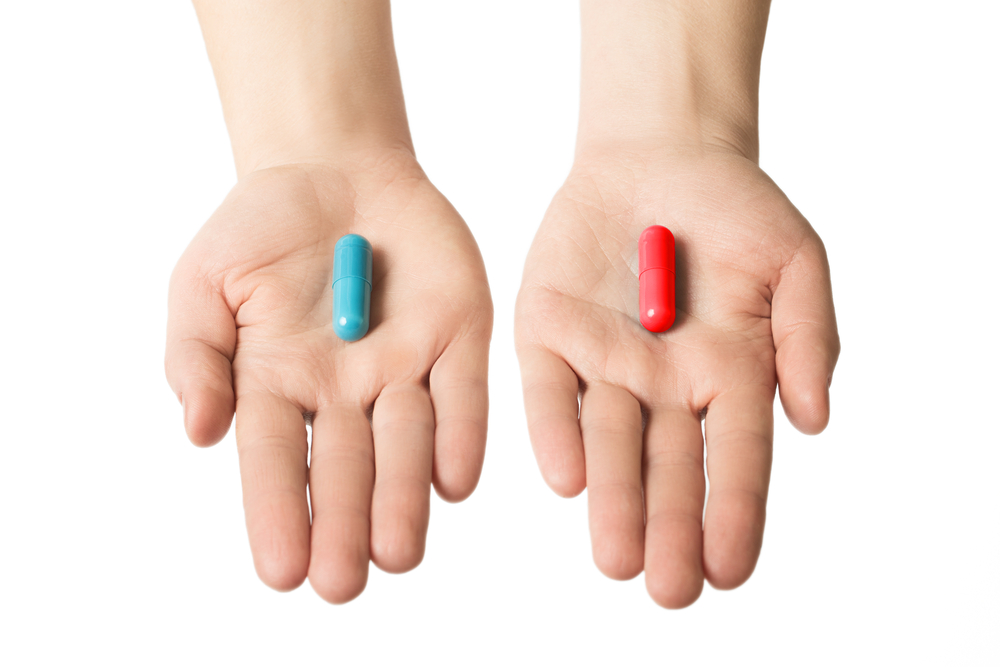Leflunomide-Hydroxychloroquine Combo Shows Potential for Sjögren’s Patients in Pilot Trial
Written by |

A combination of leflunomide and hydroxychloroquine significantly reduced disease activity, increased salivary flow, and improved patient-perceived health in patients with primary Sjögren’s syndrome, a pilot trial showed.
Findings of the trial were revealed at the recent American College of Rheumatology 2018 Meeting, in Chicago. Timothy Radstake, MD, PhD, from the University Medical Center Utrecht in the Netherlands, presented the study, “Clinical Efficacy of Leflunomide/Hydroxychloroquine Combination Therapy in Patients with Primary Sjogren’s Syndrome: Results of a Placebo-Controlled Double-Blind Randomized Clinical Trial.”
Sjögren’s syndrome is an autoimmune disease characterized by the infiltration of immune cells into certain glands, including those that produce tears or saliva. As a consequence, glands become damaged, and patients often experience dry eyes and mouth.
Currently, there is no cure for Sjogren’s disease, and patients rely on over-the-counter eye drops and mouth preparations. In some cases, immunosuppressive medications that dampen the immune system are also prescribed.
Immunosuppressants leflunomide and hydroxychloroquine both have the ability to reduce B-cell activity in Sjögren’s syndrome patients. But clinical trials with these agents alone have failed to show a reduction in disease activity and improvements in other clinical parameters.
As a result, researchers set out to determine if a combination of both medicines could lead to better outcomes.
They designed a randomized clinical trial, called REPURpSS-I, that tested if combining leflunomide and hydroxychloroquine was better than placebo at reducing disease activity after 24 weeks — measured through the EULAR Sjögren’s syndrome disease activity index (ESSDAI). An increase in salivary flow was also measured as a secondary outcome.
The trial recruited patients with clinically active disease — those with an ESSDAI score of five or higher. Participants were randomly assigned leflunomide (20 mg daily) and hydroxychloroquine (400 mg twice daily; 21 patients) or a placebo (nine patients).
After 24 weeks, patients who received the combination showed a significant decrease in their ESSDAI scores, including nine patients with a decrease of three or more points. Patients given the placebo, however, showed no differences in disease activity compared with before treatment.
Oral dryness was also significantly better among patients receiving the combination, with salivary flow increasing by 65%. In the placebo group, salivary flow decreased by 27%, although this decrease was not significant.
Researchers also found significant reductions in fatigue, pain, patient-perceived health status and physician-perceived status in those receiving the combination but not in the placebo group.
The combination was overall safe and well-tolerated. Only one patient receiving placebo experienced a serious adverse event.
“This pilot RCT suggests clinical efficacy for [leflunomide/hydroxychloroquine] combination therapy in almost half of the patients with primary Sjögren’s syndrome. Larger [randomized controlled trials] are needed to confirm the observed effects and to identify potential biomarkers for response,” the investigators concluded.





